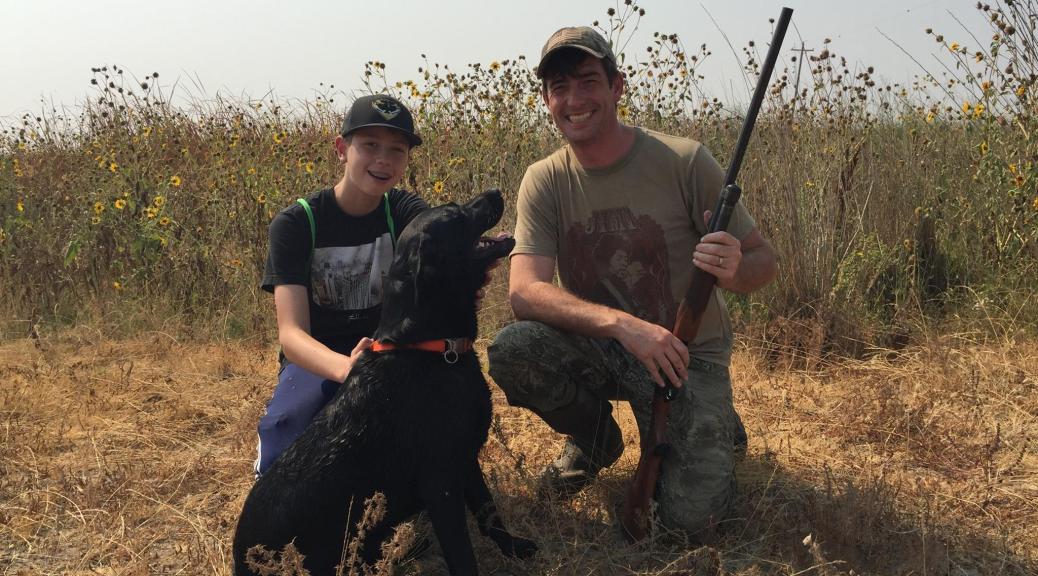There’s a Bat in my House!

by CDFW
7-19-2018
Website
Question: Late one night recently, a bat flew into my house through an open window! I was sitting at the table and it flew right at me with its huge webbed wings. I swear it looked like it was in full in attack mode. I hid in another room for a while, and then opened the door to find it hanging upside down from the smoke detector. Eventually we caught it with a dustpan and a broom and let it go. I like bats, but not in my house. Please tell me this aggressive behavior doesn’t mean it was rabid! (Rebecca M., Davis)
Answer: You certainly had an interesting encounter! While it’s possible the bat’s apparently aggressive behavior could have been caused by rabies infection, it’s far more likely the bat was simply disoriented from entering your home, encountering bright lights (and you!) and could not easily find an exit. The prevalence of rabies in bat populations is generally quite low (typically lower than in other wild animals that are carriers of the disease, such as gray foxes, striped skunks and raccoons).
When a bat enters a home or other building, it’s best to stay calm, move deliberately, and open more windows and doors leading to the outside. The bat will eventually use its echolocation ability to find an exit. If the bat is obviously sick and unable to fly, do not pick it up with your bare hands! It is best to use tongs or other means to place it in a container. Contact your local public health department and request they test it for rabies.
One other possible cause of sickness in bats is the fungal disease White Nose Syndrome (WNS). WNS recently arrived on the West Coast in Washington state and has killed more than 6 million bats in the eastern U.S. and Canada. The disease affects hibernating bats, causing them to wake up in the winter and burn energy reserves needed to sustain them through the cold season when their insect prey is unavailable. So, if you see a sick or weak, emaciated bat in winter that is unable to fly, please notify the California Department of Fish and Wildlife (CDFW) at its “Report a Sick Bat” webpage for possible follow-up, in addition to your local public health department. Such reports are an important part of our efforts to understand WNS and its impacts on bat populations.
More Reports

7-18-2018
The California Department of Fish and Wildlife (CDFW) is offering a drawing for more than a dozen special dove hunts...... Read More

7-11-2018
The California Department of Fish and Wildlife (CDFW) is offering a drawing for an apprentice deer hunt for junior license...... Read More
